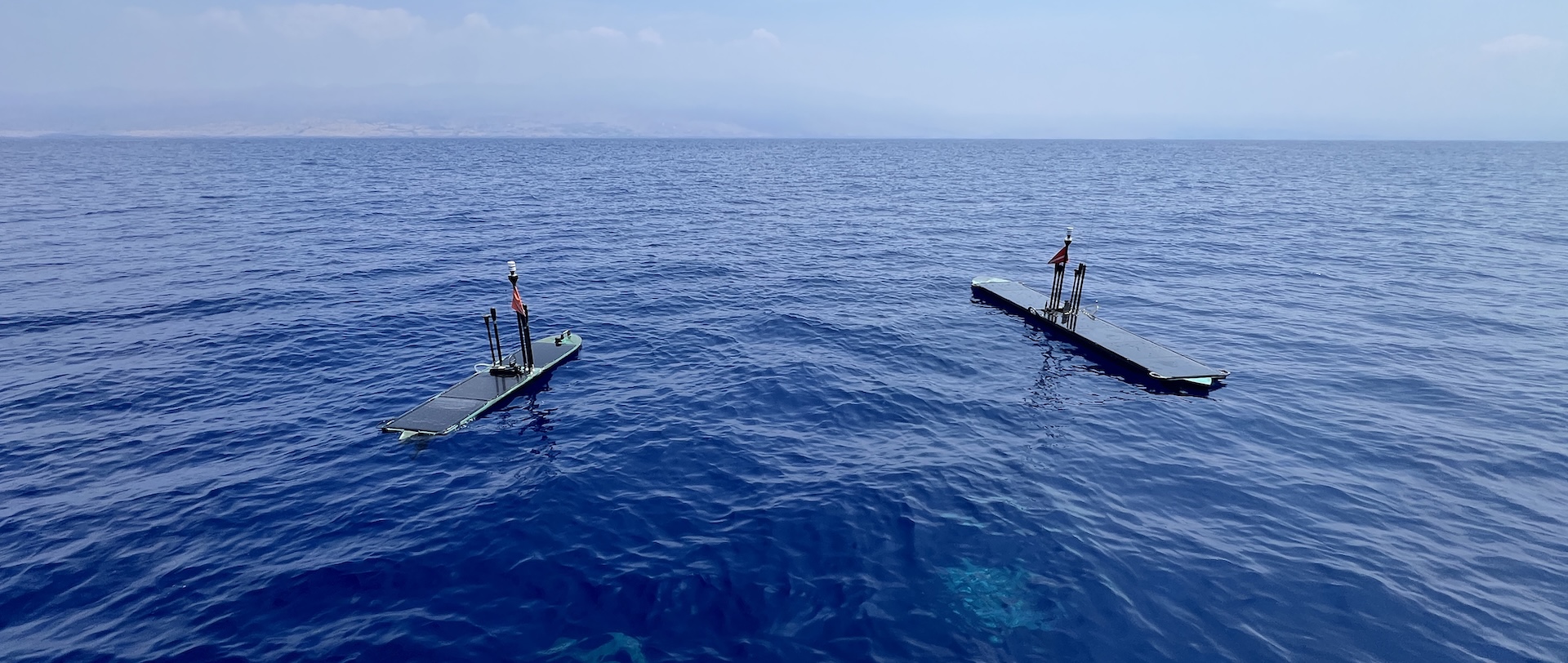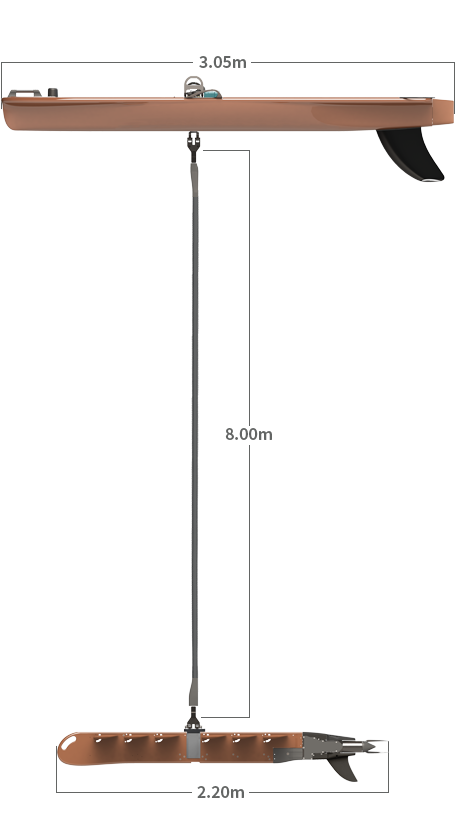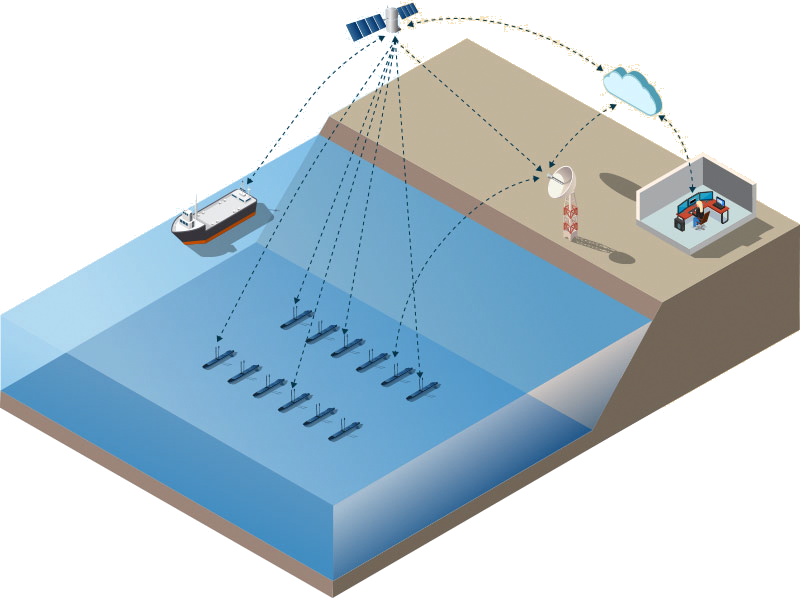-

Powered exclusively by wave and solar energy, Wave Gliders collect and deliver real-time data 24x7. With a cross-compatible architecture, Wave Glider SV3 and SV5 support custom requirements for long-duration maritime missions.
Persistent Ocean Monitoring
Persistent Ocean Monitoring
Powered exclusively by wave and solar energy, Wave Gliders collect and deliver real-time data 24x7. With a cross-compatible architecture, Wave Glider SV3 and SV5 support custom requirements for long-duration maritime missions.


